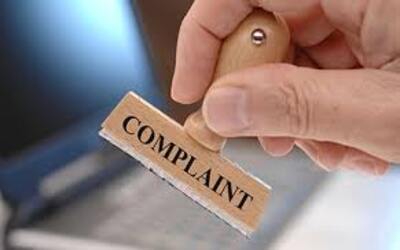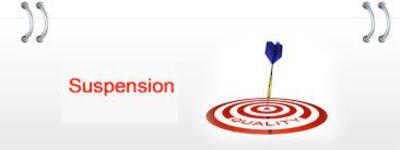
What is RoHS?
The term RoHS (commonly pronounced "ro-hoss") is becoming increasingly popular in the electrical and electronics industries, but do you know what it stands for? RoHS is for Restriction of Dangerous Substances, and it is a European Union directive that was approved in July 2006 with the goal of safeguarding people and the environment from hazardous compounds contained in electronics and electrical devices.
Since July 1, 2006, all electrical and electronic products marketed in the European Union must meet the RoHS materials standards. RoHS is commonly referred to as the "lead-free directive," but it actually prohibits the use of six other compounds and specifies their permissible quantities in parts per million (ppm):
-
Lead is used to make batteries, televisions, and computer monitors, among other things. The use of lead is limited to 1000 parts per million (ppm) under RoHS.
-
Fluorescent lights, mercury-vapor lamps, printed electronics, aluminium electroplating, thermostats, and fuel cells have all been made with mercury. The RoHS directive limits mercury consumption to 100 parts per million.
-
Cadmium: Cadmium can act as a stabiliser for some plastics and is used in cadmium/nickel batteries, electroplating, pigment manufacture, solders, brazing alloys, alarm systems, automatic sprinklers, and nuclear shielding, and is limited to 100ppm by RoHS.
-
Hexavalent Chromium: RoHS sets a limit of 1000ppm for hexavalent chromium, which is used in photography, paints, plastics, and stainless steel products.
-
Polybrominated biphenyls (PBB): RoHS has set a limit of 1000ppm for polybrominated biphenyls, which are used in flame retardants, plastic foams, and certain plastics used in home electrical appliances.
-
Polybrominated diphenyl ethers (PBDE) are commonly found in household electronics, printed circuit boards, and capacitors. The usage of PBDE is limited to 1000ppm under RoHS.






